Calculate the 0%, 50%, and 100% calibration points for the ΔP transmitter to measure liquid level in this vessel, given a range of 0 to 30 feet and a specific gravity of 0.85.
Note that the “low” side of the transmitter connects to the top of the vessel to compensate for vapor pressure inside the vessel. This tube (or leg) is called a “dry leg” because there is no liquid inside of it:
Dry Leg
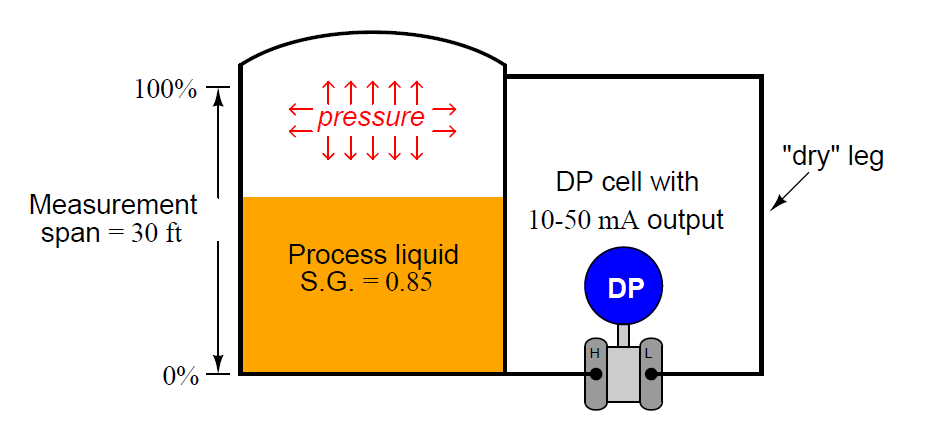
Now suppose the vessel is heated, and the liquid inside the vessel emits condensible vapors. These vapors will condense inside low-side tube leading to the ΔP transmitter which is cooler than the storage vessel, resulting in a “wet leg” instead of a “dry leg.”
In other words, the transmitter will now “see” a constant column of liquid (SG = 0.85) 30 feet high connected to its “low” process port:
Wet Leg
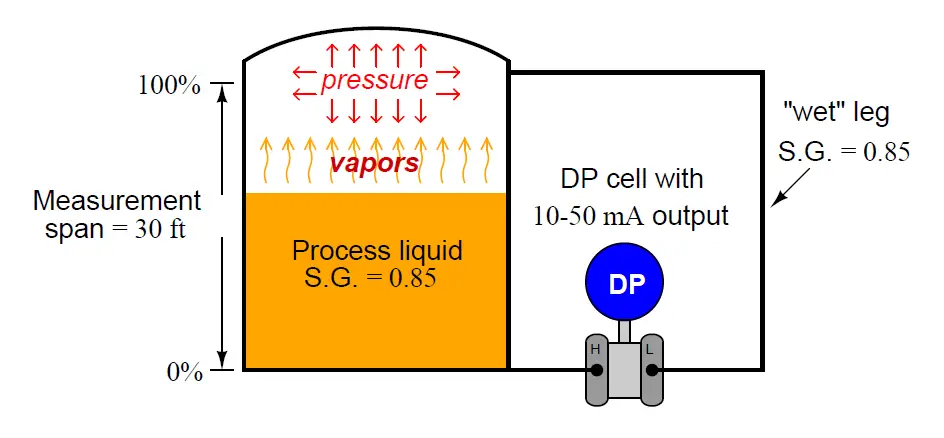
Re-calculate the 0%, 50%, and 100% calibration points for the ΔP transmitter to measure liquid level in this vessel with a wet reference leg instead of a dry reference leg.
Answers:
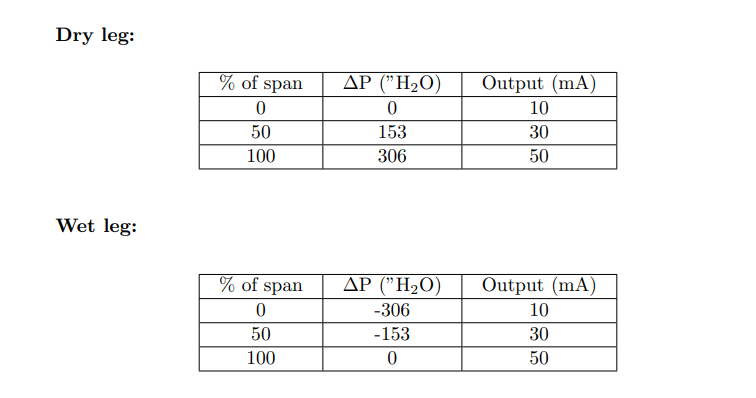
Share your answers with us through below comments section.
Read Next:
- DP Transmitter with 5 Way Manifold
- Question on Analytical Controller
- Loop Powered Pressure Transmitter
- PLC Practice Questions
- Questions on Chemical Reactor P & ID
Credits: Tony R. Kuphaldt
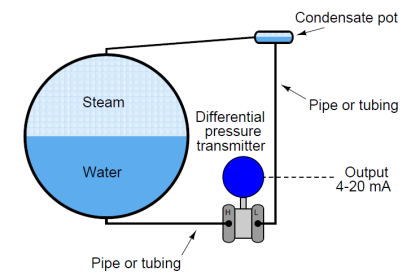
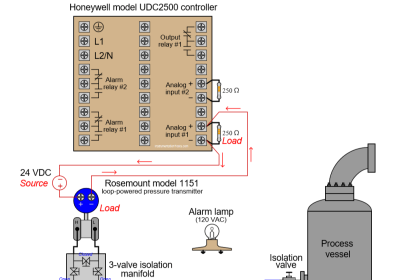
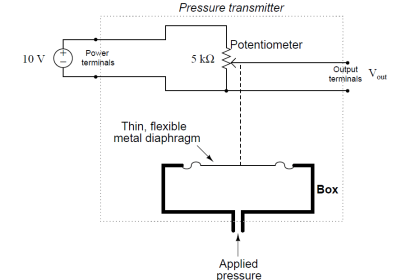

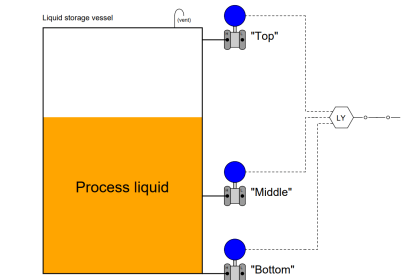
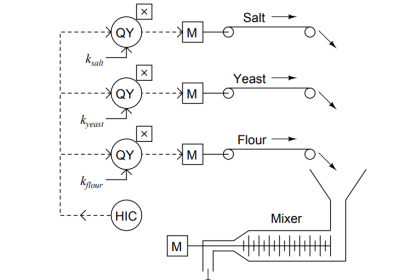
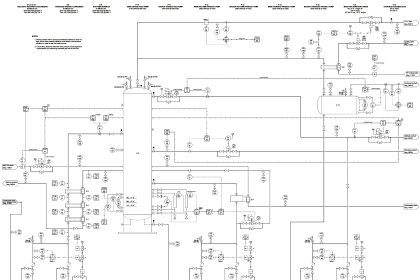
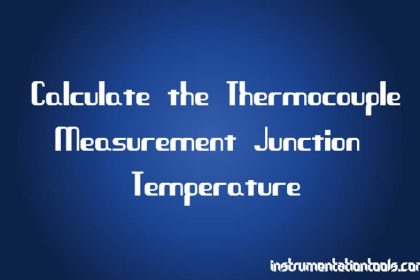

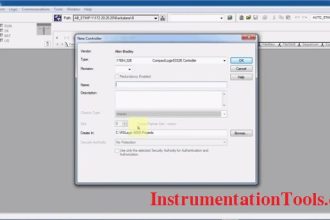

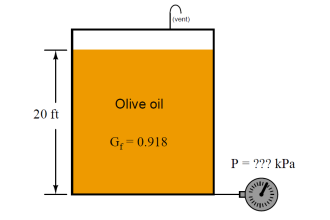
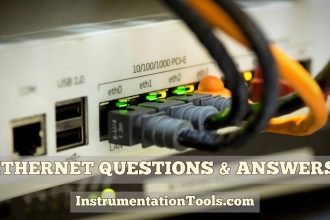
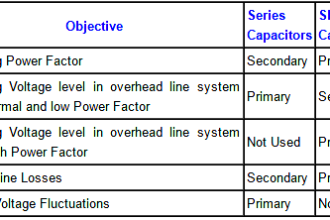
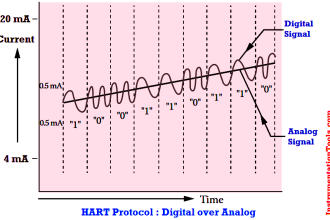


why u put the answer use 50mA?
As per the image, I think it is assumed 10 to 50 mA as output current range of DP transmitter.
how to install calibration range and full range and check distance